Motivation
How Peer Recognition is Rescuing Employees from the AI Apocalypse

We’re going to be upfront about it! We live in a world where robots are taking our jobs and it’s easy to feel like the future is bleak. But fear not, because there’s a silver lining – peer recognition tools such as PeerFives!
These nifty tools not only boost employee morale, but also help identify valuable skills that AI could never replicate. So, let’s give a virtual high-five to our coworkers and celebrate the power of human connection!
The Role of AI In Job Layoffs
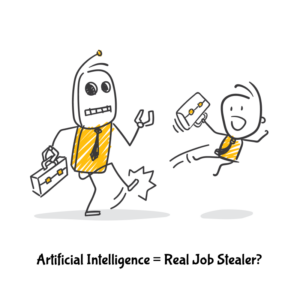
As of 2023, the job market is evolving rapidly due to the widespread adoption of artificial intelligence (AI) technology. According to the World Economic Forum, around 54% of all employees will require significant reskilling or upskilling to remain competitive in the job market. AI has had a major impact on employment, with the automation of many repetitive and manual tasks resulting in a decline in certain jobs. However, AI has also created new job opportunities, particularly in the fields of data analysis, software engineering, and machine learning. The demand for individuals with expertise in these areas is expected to continue to grow in the coming years.
Artificial intelligence (AI) has already transformed several industries, including healthcare, finance, and transportation. The technology has enabled companies to automate routine tasks, analyze vast amounts of data, and create new products and services. A report by the World Economic Forum predicts that automation and AI could displace 75 million jobs by 2025, but at the same time, they will create 133 million new ones. The challenge for companies will be to ensure that employees have the skills needed to adapt to the new roles that emerge as a result of AI, and governments must create policies that encourage reskilling and lifelong learning.
However, upskilling and reskilling come with their own set of challenges. One of the biggest challenges is the cost involved in providing training programs, especially for smaller businesses. Additionally, there is the issue of ensuring that the training programs are effective and provide the necessary skills to meet industry demands. Furthermore, it can be challenging to motivate workers to take on new roles and invest the time and effort needed to develop new skills. Addressing these challenges will require collaborative efforts between businesses, policymakers, and educators to create comprehensive training programs that are accessible, affordable, and effective.
All of this can create anxiety among employees who worry about job security and may lead to a decrease in morale and motivation. To combat this, organizations need to think creatively about how to motivate and retain employees while they are reskilling or upskilling. This could include providing professional development opportunities, flexible work arrangements, and incentives for innovation. A survey by BetterUp found that employees who feel their work is meaningful are more than three times as likely to stay with their organization. By giving employees a sense of purpose and autonomy, organizations can create a more engaged and motivated workforce that is less likely to be replaced by AI.
The Importance of Employee Motivation
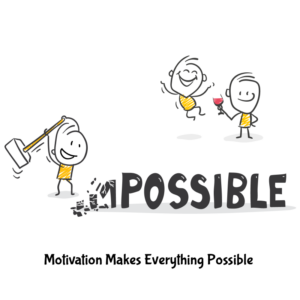
In the sections above, we’ve already established that AI is coming for our jobs. And while we can’t stop the robots from taking over, we can take steps to support our human employees during times of transition. After all, nobody likes a grumpy robot. Job loss can take a toll on mental health and wellbeing, leading to feelings of stress, anxiety, and depression. This is where recognition and appreciation come in. Studies have shown that recognition is a powerful motivator that can increase job satisfaction, productivity, and retention. So, if you want to keep your employees from going off the deep end, it’s important to show them some love. One way to do this is through peer recognition programs. These programs allow employees to give and receive feedback, recognition, and rewards from their peers. By creating a culture of recognition, organizations can foster a sense of community and connection in the workplace. Plus, it’s a great excuse to throw a party or give out some swag.
Best Practices for Implementing Peer Recognition Programs
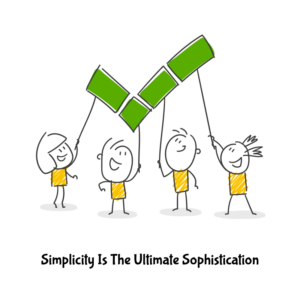
To make peer recognition programs effective, it’s important to set clear goals and objectives, create a fun and engaging program, and provide opportunities for feedback and improvement. Remember, nobody likes a boring robot. Peer recognition programs not only keep employees motivated and engaged, but they also have a host of other benefits that can help organizations thrive. After all, robots may be efficient, but they’re not exactly high-fiving each other in the break room.
One major benefit of peer recognition programs is increased collaboration and teamwork. When employees feel recognized and appreciated by their peers, they are more likely to work together and share ideas. In fact, a survey by the Society for Human Resource Management found that 43% of organizations with recognition programs reported increased collaboration. Plus, it’s just more fun to work in a place where people actually like each other. Finally, peer recognition programs can help organizations identify and develop their top talent. By recognizing employees who go above and beyond, organizations can identify those who have the potential for future leadership roles. This can help to retain top talent and develop a strong pipeline of future leaders. So, if you want to create a workplace where people actually like each other, get more stuff done, and identify your future leaders, it’s time to implement a peer recognition program. After all, robots may be efficient, but they’re not exactly the life of the party.
Peer Recognition Programs
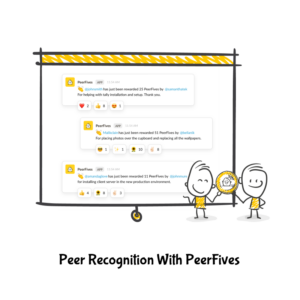
Now that we’ve established the importance and benefits of peer recognition programs, it’s time to talk about how to implement one. Because let’s face it, nobody wants to be the only one not invited to the party. First, it’s important to set clear goals and objectives for your program. What do you want to achieve? Is it increased collaboration, improved productivity, or something else entirely? By setting clear goals, you can measure the success of your program and make improvements as needed. Next, it’s time to get creative. How can you make your program fun and engaging? You could use a comprehensive peer recognition tool such as PeerFives that takes care of all your rewarding and recognition needs. (we’re not saying this, our stellar reviews are.) It’s also important to make sure your program is inclusive and accessible to all employees. This means making sure everyone has an equal opportunity to give and receive recognition, regardless of their role or level within the organization.
Conclusion
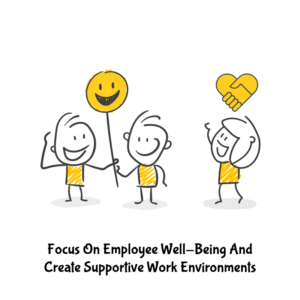
Peer recognition is also a great way to foster a sense of community within your organization. By encouraging employees to recognize and celebrate each other’s successes, you’re creating a culture of support and collaboration. After all, teamwork makes the dream work. So, let’s take a moment to celebrate our colleagues and their achievements. Whether it’s a big project milestone, a successful presentation, or just being an all-around awesome coworker, let’s make sure they know how much we appreciate them. And hey, who knows? Maybe they’ll return the favor and give you a shout-out next time.
In the words of Maya Angelou, “People will forget what you said, people will forget what you did, but people will never forget how you made them feel.” So, let’s make our colleagues feel appreciated and valued. Let’s celebrate their achievements and create a workplace culture that thrives on recognition and appreciation.
After all, a little bit of recognition can go a long way. Ready to give your colleagues the high-fives they deserve? Try PeerFives, the ultimate peer recognition tool. With PeerFives, you can easily celebrate your colleagues’ achievements and create a workplace culture that’s all about appreciation and recognition. So what are you waiting for? Make the most of our 30-day trial now.

